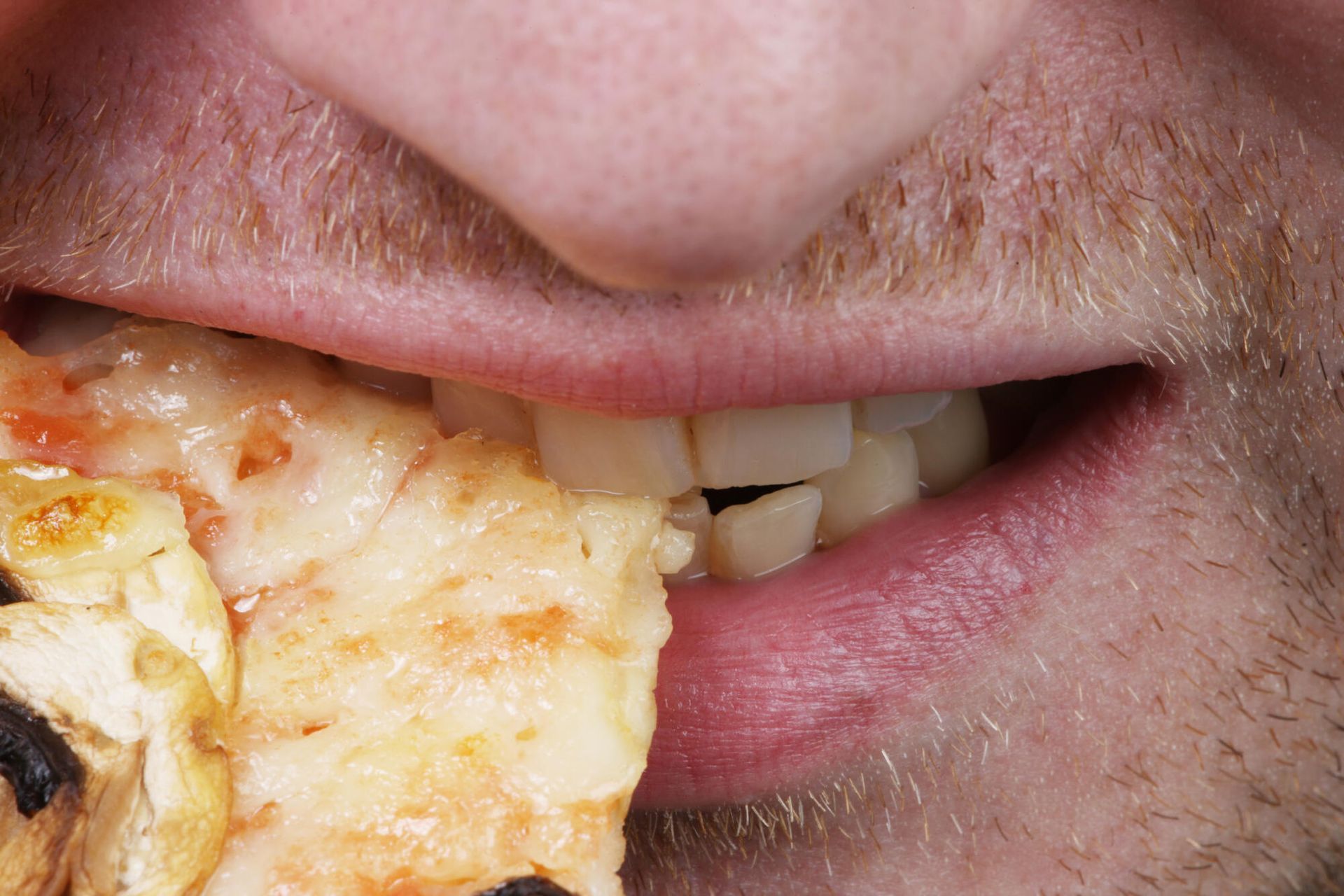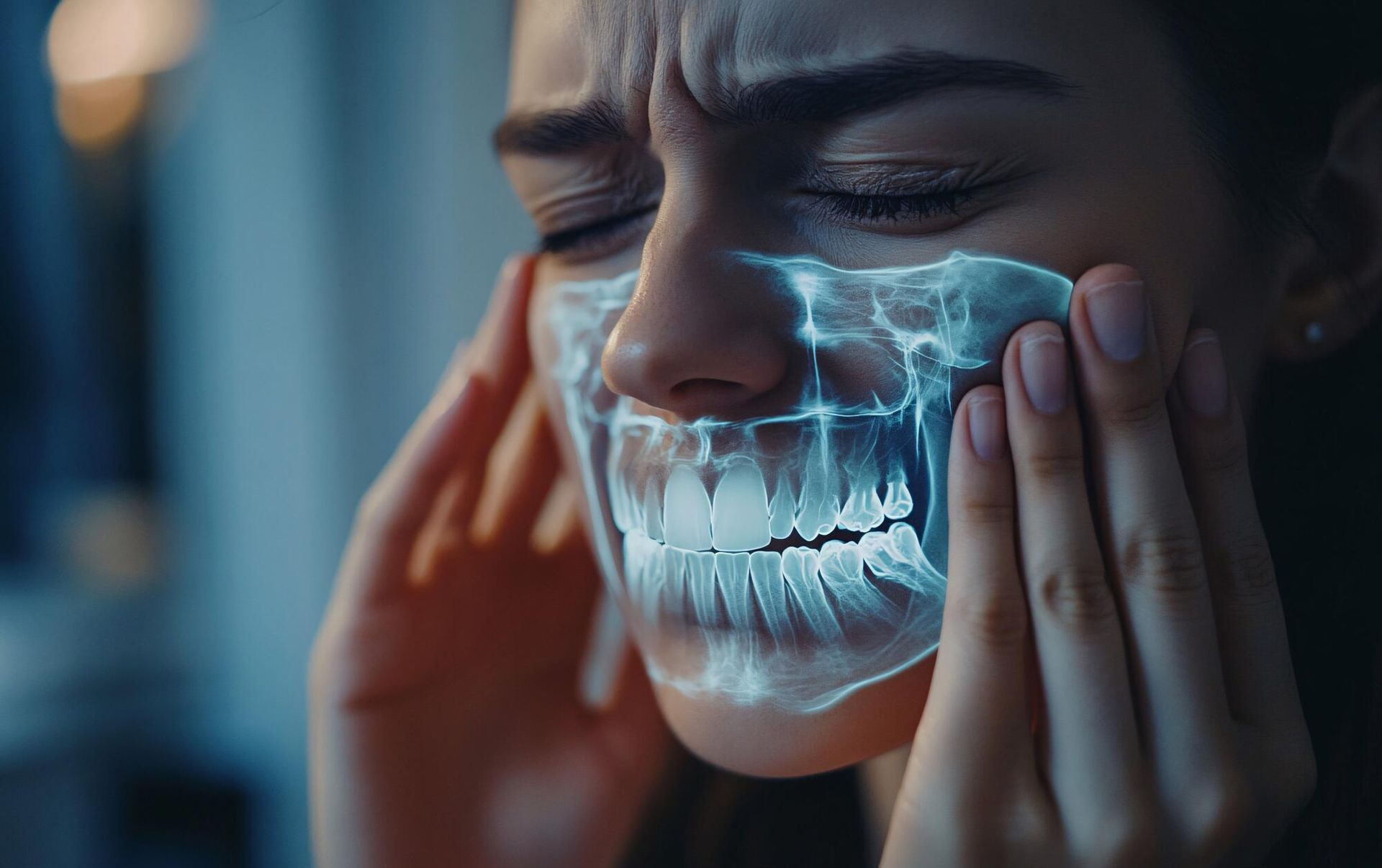Ergonomics for TMJ Sufferers: Tips and Habits for a Safe Workstation
Temporomandibular joint and muscle disorder affects between 5% and 12% of the population, making it a common but often misunderstood condition that leads to jaw pain, headaches, and facial discomfort (source: National Institute of Dental and Craniofacial Research). If you're one of the many working adults in Burke, VA, dealing with TMJ symptoms, the pain from prolonged sitting and poor posture at work can exacerbate your condition.
But there's hope. Proper ergonomic workstation setup can significantly reduce jaw strain and offer TMJ pain management solutions. Office ergonomics isn't just about your back and neck; it plays a crucial role in how your jaw feels after a long day at the desk.
In this guide, you'll discover expert tips on ergonomic office products that can alleviate TMJ jaw relief, along with actionable daily habits to create a safer and more comfortable work environment. Let's get ready to transform your workstation for better health.
Understanding TMJ and Ergonomics
When it comes to TMJ pain management, the muscles in your jaw work in conjunction with the muscles in your neck, shoulders, and spine. Misalignment or tension in any of these areas can worsen TMJ symptoms.
A workstation that ignores ergonomic principles can cause you to adopt unhealthy postures, leading to jaw strain. Incorporating ergonomic workstation setup techniques into your daily routine can help ease pain and tension in the jaw and prevent further flare-ups.
Ergonomic Office Products to Reduce Jaw Strain
Setting up an ergonomic workstation can go a long way in reducing TMJ discomfort. Here are essential ergonomic office products you should consider.
Adjustable Monitor Stand
Your computer screen should be at eye level to prevent hunching over, which can lead to tension in the neck and jaw. Keeping your head and neck aligned with your spine is key to relieving jaw strain.
Ergonomic Chair
Invest in a chair that supports the natural curve of your spine. Adjustable armrests and lumbar support can prevent the buildup of tension that migrates from your back to your jaw.
Footrest
If your feet don't reach the floor comfortably, a footrest can improve your posture and prevent pressure from building up in your lower body, which indirectly affects how your body holds tension in the jaw area.
Document Holder
Place documents at eye level to avoid looking down, which can create strain in the neck and jaw area. Keeping your head level reduces unnecessary jaw strain.
Ergonomic Keyboard and Mouse
An ergonomic keyboard encourages a more natural wrist and arm position. This reduces tension that could eventually impact your neck and jaw muscles.
Daily Habits for TMJ Relief at Work
In addition to ergonomic office products, small adjustments to your daily habits can alleviate TMJ pain. Consider incorporating these habits into your work routine.
Take Regular Breaks
Every 30 minutes, stand up, stretch, and relax your jaw. Doing this prevents prolonged pressure on your neck, shoulders, and face.
Jaw Relaxation Exercises
Throughout your workday, practice jaw relaxation exercises. Gently open and close your mouth or move your jaw from side to side to keep it loose.
Posture Awareness
Keep your head, neck, and shoulders in alignment. If you catch yourself slumping, adjust your position immediately.
Use Heat Packs or Cold Compresses
Apply heat or cold to the jaw and neck muscles during short breaks. This helps to relieve tension and reduce inflammation.
Stay Hydrated
Dehydration can cause muscle cramps, including in your jaw muscles. Keep a bottle of water at your desk to stay hydrated throughout the day.
The Role of Posture in Jaw Strain Solutions
Bad posture is one of the main contributors to TMJ jaw relief problems in the office.When you hunch over your desk, you place extra pressure on your jaw muscles.
Over time, this can lead to increased discomfort and pain. The key to minimizing jaw strain is maintaining a neutral posture.
By keeping your body aligned, you'll alleviate tension in the muscles that connect to your jaw and experience improved TMJ pain management.
Office Ergonomics for TMJ Pain Management
Optimizing your office space can make a significant difference in your pain levels. Here's a step-by-step guide to creating an ergonomic workstation setup focusing on TMJ pain management.
Monitor Placement
Position your monitor directly in front of you at eye level. Doing this reduces the strain on your neck and jaw muscles, preventing the forward head posture that can aggravate jaw strain.
Chair Adjustment
Adjust your chair so your feet are flat on the floor and your knees are at a 90-degree angle. Your arms should rest comfortably on the armrests without reaching or lifting your shoulders.
Desk Organization
Place frequently used items like your phone or pens within easy reach to avoid overextending your arms or neck. This can reduce the pressure on your jaw muscles.
Keeping your desk tidy ensures you can maintain a comfortable posture without straining your body to reach necessary items.
Why Proper Ergonomics Is Vital for TMJ Sufferers
For those who suffer from TMJ, the pain often extends beyond the jaw, affecting the neck, shoulders, and upper back. This widespread discomfort can be worsened by poor ergonomics in your workstation. Creating an ergonomic workstation setup is essential because it prevents the formation of bad habits that strain the muscles connected to the jaw.
The more aligned and comfortable your body is, the less likely you are to develop jaw strain and related issues. Taking control of your workspace through proper office ergonomics can lead to long-term TMJ pain management.
Take the First Step Toward a More Comfortable Workday
Investing in the right ergonomic office products and adopting daily habits to ease tension can reduce jaw discomfort and improve your workday experience.
At Dental Care Burke, we specialize in TMJ pain management and offer tailored solutions to help you find lasting TMJ jaw relief. If you're ready to make a change and reduce jaw strain, scheduling an appointment with our TMJ and TMD specialists in Burke, VA, is the first step to a healthier and more comfortable work life.
Contact Dental Care Burke today to schedule an appointment and start your journey toward effective TMJ pain relief.












